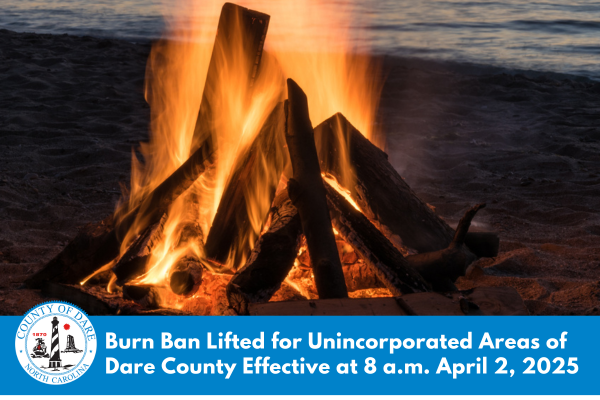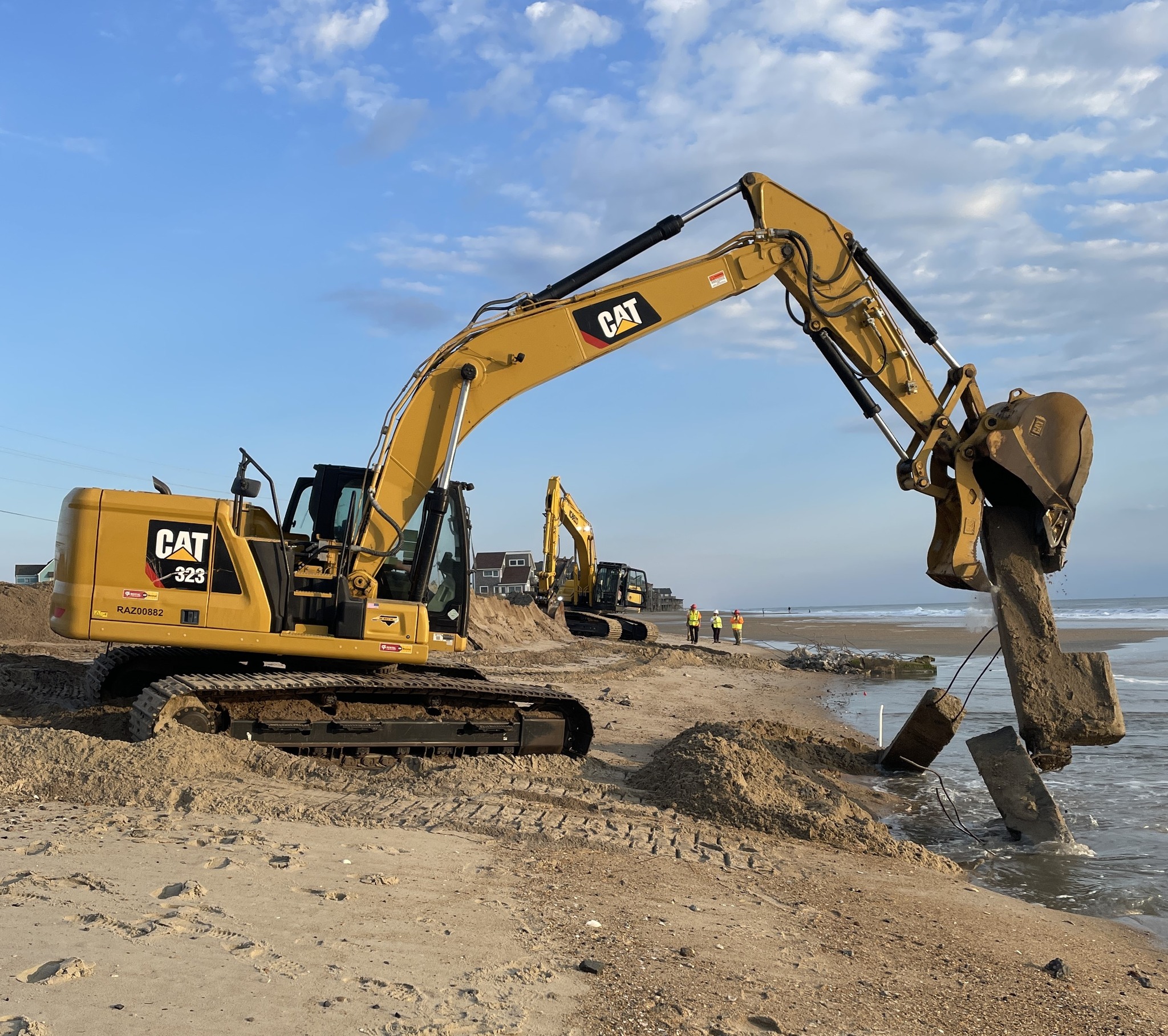State task force issues draft report on Oregon Inlet land acquisition
The epic shoaling that is clogging the navigational channel at Oregon Inlet could be kept out of the waterway by a bypass system with jet pumps that has worked well in Australia, a coastal engineer told the Oregon Inlet Land Acquisition Task Force on Thursday.
“I think that would be a very good choice, compared with other solutions,” said Billy Edge, professor of civil engineering at North Carolina State University.
As it is right now, even frequent dredging of the inlet has not controlled the sand, leaving frustrated watermen and boaters desperate to find a way to keep the channel open.
Malcolm Fearing, Division 1 representative on the North Carolina Board of Transportation, and a task force member, cut to the chase.
“Do we have the capacity to maintain a navigable channel?” Fearing asked Edge.
“Yes, sir,” the scientist responded.
Edge, program head of sustainable coastal engineering at UNC Coastal Studies Institute, where the meeting was held, said that the project at the Nerang River, near the town of Gold Coast in Queensland, Australia, used a series of jet pumps placed about 15 feet apart to capture and remove sand away from the opening of the river.
“It has a tremendous amount of energy from waves, a tremendous amount of sand transport,” he said about the Nerang. “This place is kind of like Oregon Inlet – there’s a storm all the time.”
Both inlets also are migrating — Oregon Inlet, the only passage from ocean to sound between Virginia and Hatteras, as much as 200 feet a year to the south and the Nerang in the Southern Hemisphere about 130 feet a year to the north.
Twin jetties in Oregon Inlet were first planned in 1970 as a remedy to shoaling that would ensure safe passage through the inlet for fishermen and boaters. But environmental groups argued that the $108 million project would cause beach erosion and harm fisheries.
When the jetty project was killed in 2003, it was promised that the U.S. Army Corps of Engineers would improve the 14-foot navigation channel and boater safety would be enhanced with more accurate navigational data. To whatever extent the measures worked, they still proved inadequate.
Edge gave a presentation about how sand build-up has been stabilized at other coastal inlets, including in Florida, and South Carolina. But considering the dynamic conditions at the Nerang, he said, the combination of jetties and an automated sand bypass system installed there in the mid-1980s has been very effective.
The longshore sediment transport at Oregon Inlet, he said, is about 1 million cubic yards net a year and at the Nerang it is about 900,000 yards.
“The question is, would such a system work here?” he asked. “I would say it’s very comparable, so it’s certainly worth investigating.”
It’s conceivable, Edge said, that the bypass could work without construction of twin jetties in the inlet, an option that was shot down by the White House Council on Environmental Quality in 2003. It is also possible that elongating the existing terminal groin would be helpful. If jetties are included, he said, a weir – a small opening — would have to be part of the design to allow fish larva and other natural organisms to pass in and out of the inlet.
Edge declined to estimate the cost of the system, but said that a numeric model analysis of the inlet that would need to be done would cost about $200,000 and could be completed in about nine months. A three-year study of the fish transport and a review of pertinent scientific studies would cost an additional $220,000 for each year.
Created in June 2013 to study the state’s options for acquiring Oregon Inlet and its surrounding land, the 11-member panel was directed to submit a report by May 1 to the General Assembly detailing its findings and recommendations.
The task force had come as a surprise to the National Park Service, the owner of the inlet, which is within Cape Hatteras National Seashore.
Barclay Trimble, superintendent of the Outer Banks Group, said today that the state has yet to approach him, or anyone in the agency, about potential land swaps or purchases.
“We have not been contacted,” he said. “I have not heard from anyone.”
If and when the state does make a proposal, Trimble said, it will be reviewed and responded to in the appropriate manner.
In the task force’s draft report released Thursday, it said that the State Property Office had contracted for an appraisal of the inlet property to “guide the state in negotiations with the landowner for acquisition or exchange into state ownership.” Specifically, the report said, the state is interested in 530 acres owned by the National Park Service, and 180 acres owned by the U.S. Fish and Wildlife Service.
“This was difficult property to appraise,” the draft report said, “because there were no comparable land sales on this kind of property.”
The “as-is” market value for the 710 acres was estimated, as of March, at $29,963,000, or $442,200 per acre.
Task Force chairman Bill Daughtridge, Secretary of the state Department of Administration, said after the meeting that the state “will be having discussions” with the Park Service. The draft report also said that early discussions have been held with Fish and Wildlife officials about potential land exchanges.
An outside firm has been approved by the governor’s office to do an additional title search, Mark Teague, with the State Property Office, told the task force. Attorney Norm Shearin has been hired to assist with related legal issues.
Warren Judge, Chairman of the Dare County Board of Commissioners, said that an update of the 2006 report “A Study of the Benefits of Oregon Inlet to the Economy of Dare County and the Surrounding Region” is expected to be completed within days.
“The real problem, I think, is not science,” said state Sen. Bill Cook, R-Chocowinity, a task force member. “It’s political will. And that’s where I think we’re going to have the biggest fight.”













